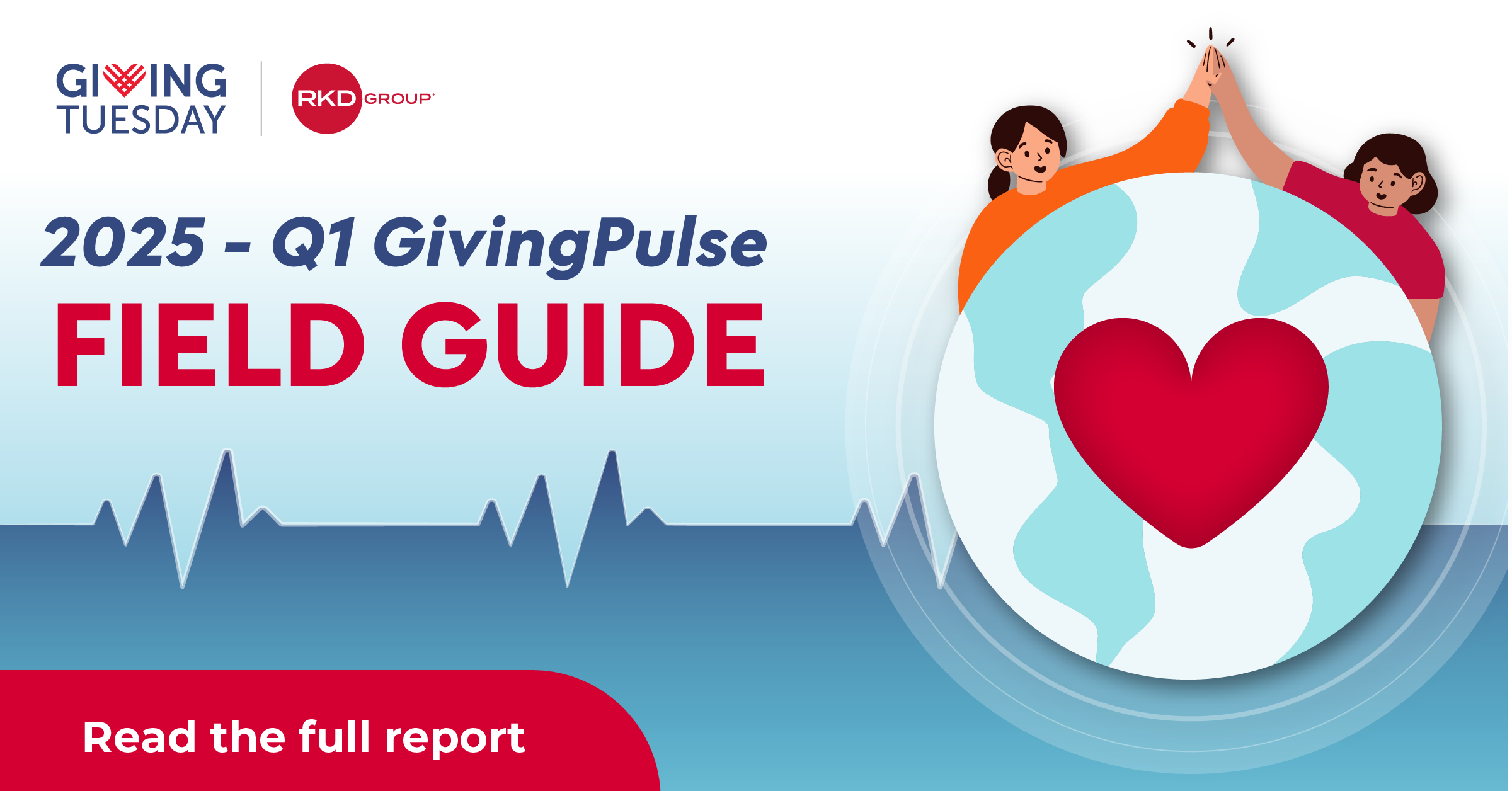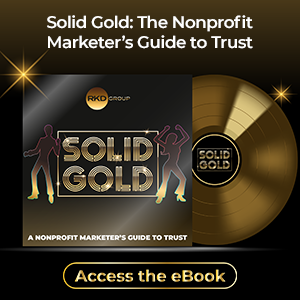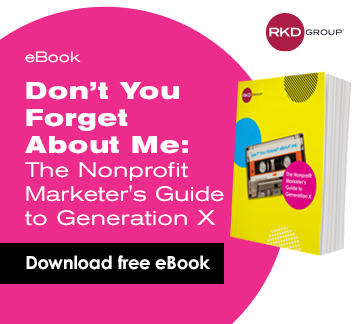If Hispanic donors aren’t part of your nonprofit’s long-term fundraising strategy, you’re missing one of the biggest opportunities in philanthropy today. This is a growing, vibrant, multigenerational audience that already believes in many of the same values nonprofits champion—community, family, faith and generosity.
Yet, many organizations overlook this group or rely on surface-level translations that don’t speak to their lived experience. In doing so, they’re leaving money and impact on the table.
So, why should your nonprofit focus on Hispanic donors? And how can your nonprofit start building real relationships with them?
Engaging Hispanic donors isn’t about checking a diversity box or swapping words into Spanish. It’s about building authentic connections that honor culture, heritage and values and inviting more people to be a part of your mission and your vision.
Here are six reasons this audience deserves a dedicated place in your fundraising plan.
1. The Hispanic market isn’t a niche—it’s a growth engine
Nearly one in five Americans identifies as Hispanic, representing more than 68 million people and counting. The second fastest growing racial or ethnic group in the U.S., the Latino population nearly doubled between 2000 and 2024.
And this quickly growing demographic spends money. A lot.
Despite the Latino population representing about 20% of the U.S. population, it’s accounted for over 30% of the national GDP since 2019. In fact, if the U.S. Latino economy were its own nation, it would rank as the fifth-largest GDP in the world.
This audience represents the future of American philanthropy.
2. Hispanic donors are underserved and under-messaged
While Hispanic generosity runs deep, nonprofits haven’t always spoken their language, literally or figuratively. Most organizations still default to general-market messaging, assuming it resonates with everyone.
But when outreach lacks cultural relevance, it fails to connect. True engagement comes from in-culture communication: not just translating your message but tailoring it to reflect shared values and local nuances.
And translation itself isn’t one-size-fits-all. A message that feels natural to a Cuban audience in Miami might not land the same way with Mexican-American donors in Texas or Dominican communities in New York. But remember: Many Hispanics, especially those who are second and third generation, speak English as their first language. That means that many wouldn’t understand or resonate with your translated materials.
If you do need to translate materials, make sure they’re reviewed by a native speaker from the region you’re targeting to ensure the tone, slang and phrasing feel authentic.
When you get it right, you’ll stand out—not because you’re the loudest voice, but because you’re one of the few actually listening.
3. Hispanic values align with your mission
Hispanic culture places strong emphasis on community, faith, generosity and perseverance, the very ideals that power nonprofit work. And their giving patterns prove it: Hispanic donors consistently support causes rooted in faith, family, food, education and community uplift. For faith-based organizations, the alignment is especially natural, but even secular causes share common ground in family, service and social good.
This isn’t about reinventing your message. It’s about reflecting shared humanity and meeting donors where their hearts already are. When people see themselves and their values mirrored in your mission, they become lifelong supporters.
4. Hispanic donors can be reached across every channel
Hispanic donors are highly engaged across digital and traditional media. That means there’s no single “right” channel. It’s about message match and consistency. Direct mail, radio and print remain strong touchpoints for older Hispanic generations. Meanwhile, WhatsApp, YouTube, Instagram and TikTok dominate among younger and bilingual audiences. Streaming platforms like Roku and Telemundo OTT also provide powerful storytelling opportunities through video and connected TV.
Creative grounded in family, faith, food and daily acts of generosity resonate across all Hispanic generations. And timing matters: Campaign moments like Lent, Día de la Virgen de Guadalupe and Día de los Reyes provide built-in opportunities to connect meaningfully.
5. Technology means you can target Hispanic donors precisely
The technology to reach Hispanic donors effectively already exists. Geofencing can target communities around churches or cultural centers. Dynamic Creative Optimization can automatically serve Spanish, English or Spanglish creative based on user behavior, language preference or location.
Platforms like Meta, YouTube and CTV networks allow nonprofits to meet Hispanic donors where they already live, scroll and stream with messaging that feels personal, not prescriptive.
6. It’s a mission-forward investment
Engaging Hispanic audiences expands your reach and enriches your impact by welcoming more voices, perspectives and lived experiences from your community.
As the U.S. population becomes more diverse, relevance will belong to organizations that reflect that diversity in their storytelling, leadership and donor strategies. Inclusivity is the foundation for long-term sustainability and trust.
Start small to scale your Hispanic donor outreach
The best way to engage Hispanic donors is to start small, test strategically and build on what works. Begin with a few bilingual direct mail or digital campaigns, track results by geography and language, and refine from there.
When done authentically, connecting with Hispanic audiences is a long-term investment in your organization’s growth, equity and future relevance. And you’re not just growing your donor base. You’re growing a movement that mirrors the future of generosity in America.






Leave a comment: